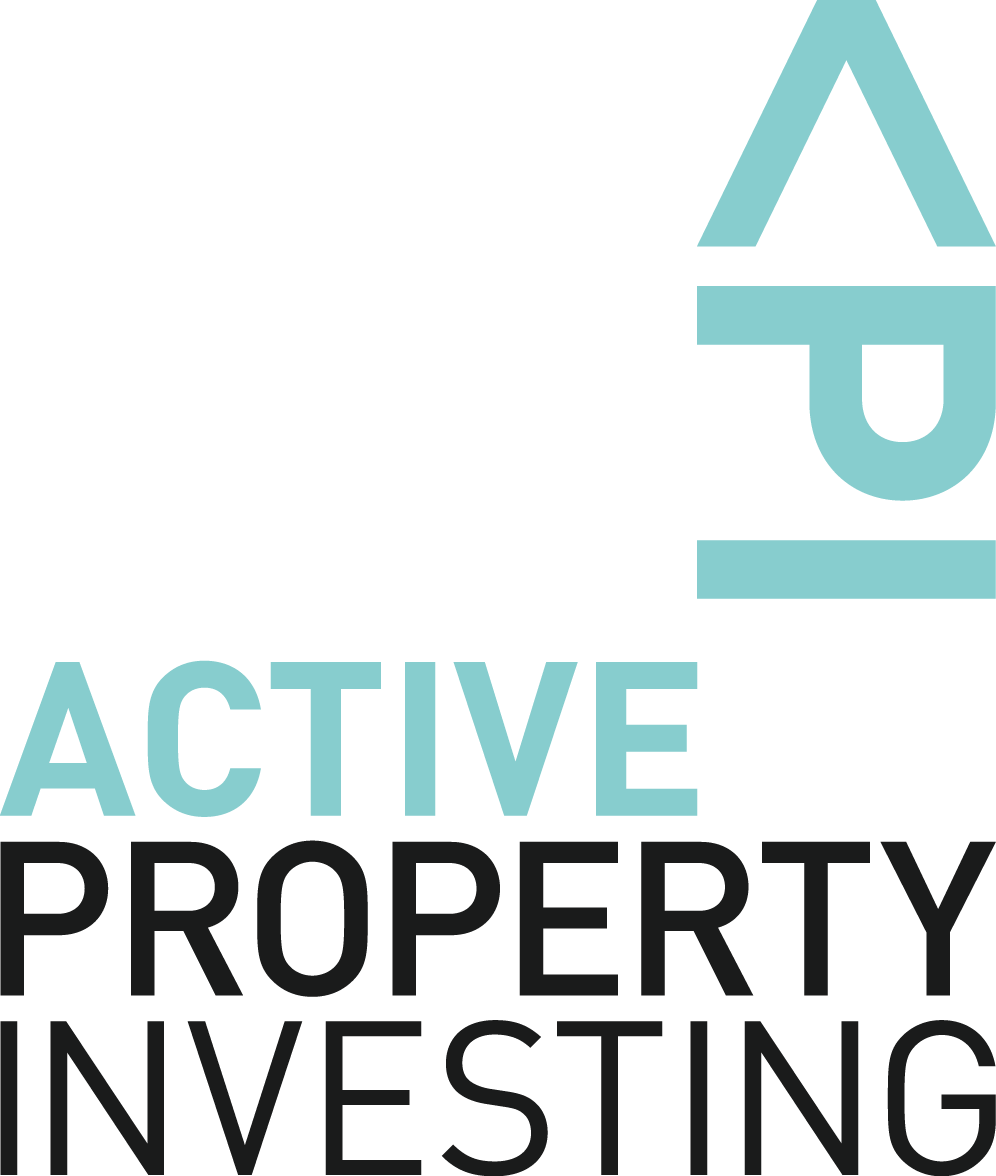Why investing in property isn’t as expensive as you think
There is a misconception about property investing that it’s only for “rich” people.
The belief is that you’ve got to have a lot of money, savings and wealth behind you, before you can even afford to get started.
As a property investing coach, I’ve met dozens of people over the years who confess that they feel like investing in property is out of reach for them. I really enjoy the opportunity to educate people and show them that investing in property is easier than people think. You just need to know how.
In fact, a growing proportion of property investors – more than 50 of them – earn $80,000 or less, which means a number of everyday income-earners are getting ahead and growing their wealth through property investment.
With the property market growing as rapidly as it is, the way to get started may not be as obvious as buying in the post code you live in. Housing affordability or unaffordability means that you need to apply a strategic approach to your investing. Sometimes this means venturing into locations that you might not be familiar with, but that display the fundamental factors for strong employment, population growth, infrastructure and a healthy balance of supply and demand.
How can you work out if property investing is affordable for you?
If you want to become a property owner, there are a few different types of affordability measures you should be mindful of.
These include the cost of buying the property and the cost of owning the property.
1. The cost of buying…
When looking at the cost of buying a property, we tend to base it on the locations we live in. So if we live in a capital city like Sydney, property can be very expensive for the average income earner.
However, the ability to purchase is actually based on your access to a deposit and how much the bank is willing to lend you, rather than the average price of homes in your neighbourhood.
If you want to live or invest in a property in an expensive market that you can’t afford, that doesn’t mean your property adventure is over. There are plenty of other markets across Australia that could work for you.
My philosophy is to invest within your means, and if this means crossing a state border, then that’s what is necessary to reach your goal. This isn’t always a comfortable step to take, which is why we dedicate a lot of our time to educating investors and supporting them as they learn how to successfully invest in a location away from where they live.
2. The cost of purchasing…
The second consideration when it comes to affordability as an investor. Again, this depends on the location you buy and the price-point of the property you’re investing in.
But you’ll need to factor in things like stamp duty, legal fees and a deposit. If you have equity in your own home, you may be able to cover all of these expenses via lending, meaning you don’t have to hand over any of your savings to buy an investment property. If you’d like to learn more about how this works, contact our team.
3. The cost of owning…
The final consideration is the cost of actually owning the property. Many investors calculate whether they can afford to pay the mortgage as if the property is empty. But keep in mind that the tenant pays rent, which provides you with ongoing income to help you cover the ownership costs of the property.
The key is to optimise the performance of the property through strict selection of the location, the specific property characteristics and features that optimise rental performance. This ensures that your property remains tenanted when there is competition or covid times when space, sunlight and functionality became highly valued.
_____
All of these expenses need to be factored in when you decide to own a rental property, but you may be surprised to discover your out of pocket expenses aren’t nearly as high as you think they’re going to be.
There’s also an interesting discussion to be had around price versus value. Occasionally, investors think that the lower the property’s purchase price, the “better the deal”, but this is not necessarily the case.
Sellers want to get as much as they can when they sell a property, or realistically, at least meet the market demand for it. If a property is heavily discounted, you need to find out why.
For instance: if your budget is driven by your ‘comfort level’ around debt, let’s say $400,000, in today’s market that is likely going to mean an older, smaller property (like a unit) in the outskirts of a city or in a regional town.
It may be an affordable price point – but at what cost? Investors need to weigh up the potential costs in a different way, such as:
- the additional cost of maintenance when you own an older property.
- the additional cost of covering vacancy periods when you’re between tenants, and the location isn’t in high demand.
- the loss of price growth, if you buy an area with slow capital growth.
- instability in rental return, if the suburb isn’t in high demand or is saturated to rentals.
If a slightly higher budget can get you a more stable location, with an active rental market and strong capital growth potential, then you’re likely to have a much more profitable and successful investment experience.
Don’t let your perception of what ‘cheap’ can be, get in the way of buying and owning a quality property investment that generates profits for you for years to come. Cheap is not always better, and can end up costly during your ownership. If you would like help creating a personalised investment strategy that considers your risk appetite, budget and long-term goals, contact our friendly team today.

